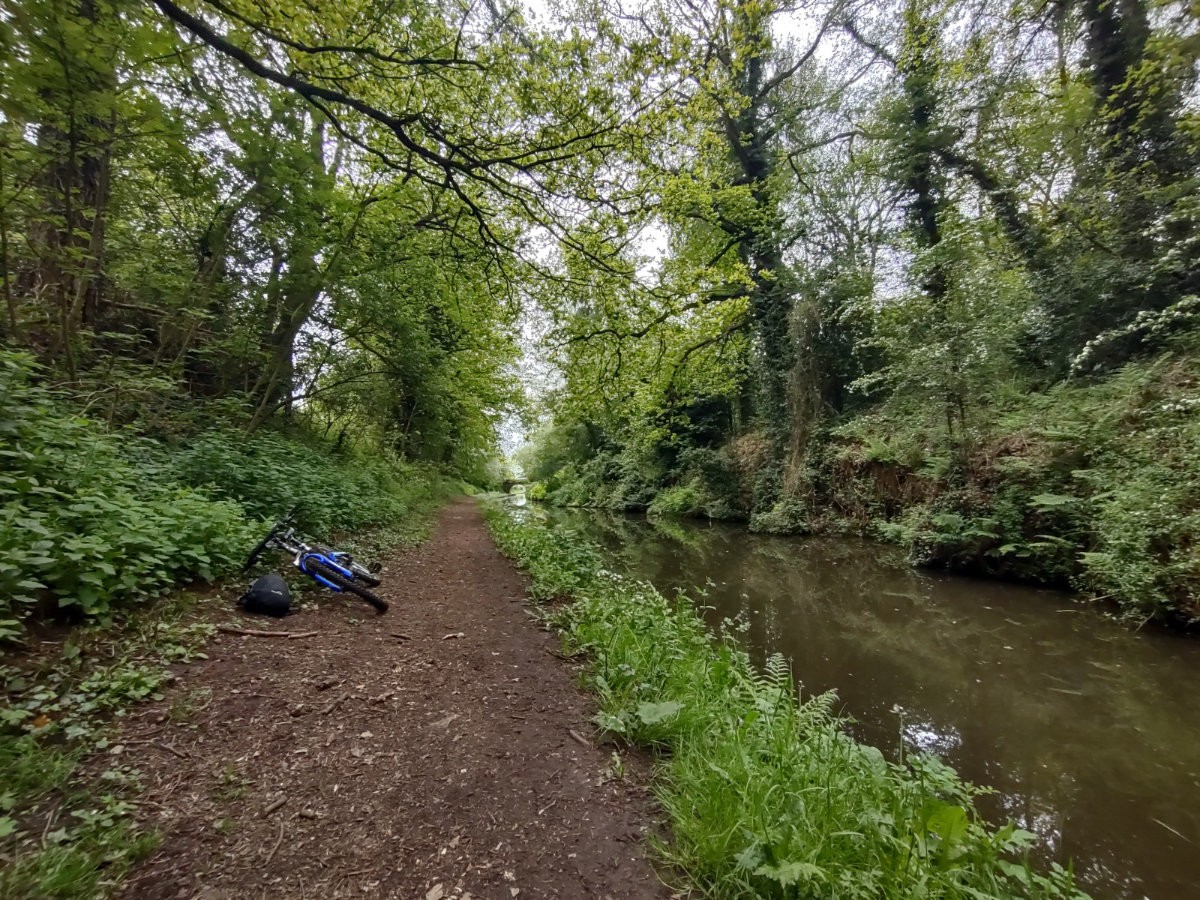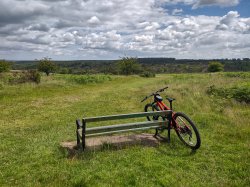This is 'Try something new...', a series of articles encouraging you to get out there and, as you may have guessed, try something new. What that thing is may vary wildly, sometimes we will be well experienced and other times we will be a beginner trying it for the first time just like you! With a recent move, I am finally back out there and cycling - you could be too! It doesn't take too much to get out and ride, forget a full lycra bodysuit, let's start somewhere a little more reasonable...
Ever fancied getting out on the open road, getting some great exercise all while seeing the world around you? Well, you would struggle to do much better than cycling, a cracking bit of cardio that can get you where you need to go at a great pace. The best part, you don't need to outlay a huge amount of cash upfront to be a cyclist, there are only a handful of things you really need (plus a couple of bits and pieces I strongly recommend) to get you on the saddle and away. So let us take a quick dive into cycling, what you need and what you should expect when you embark on your first adventure. Cycling for me has been everything from a means of commuting to one of my favourite hobbies, mountain-biking typically around the River Severn; no matter what you would like to get from it I can hopefully steer you in the right direction.
Getting a bike
Don't worry - this is not one of those lists that tries to introduce you to cycling then recommends a 3k carbon fibre space-ship looking thing. If you are in a position where you don't know if you are going to stick with it then your first bet should be on the second-hand market; places like Gumtree and Facebook Marketplace often have bikes in good condition in the sub-£100 range. If you are concerned about something in the second-hand market not working as expected, try to arrange to meet before purchase so you can at least give it a once over - lookout for cracks and rust anywhere on the frame, most parts are replaceable beyond the frame, but of course, anything that is playing up is more money down the line. You may also want to budget for a full service at a local cycle shop so you know everything is sorted; naturally, you could take on this challenge yourself, but if you are just jumping into it you may want to leave learning the mechanical details until you are certain you want to stick with it.
If you have a bigger budget for a bike then you can explore your options in all the typical retail spaces, including the aforementioned local cycling shops. Obviously, the more you open up your budget the more choices you will have, but do not feel obliged to spend any more than you need to - while the expensive rides certainly have advantages, especially in terms of weight and quality of components, as a new rider you may not yet be in the best position to really take advantage of those features. You may also have access to a cycle to work scheme through your employer, this can be a great way to split the bill over time just make sure you understand the payment scheme/any balloon payment at the end. If you are spending more, there are little bits and pieces you can look at depending on the type of bike you are getting, but aim to get a lighter bike above all else - lots of components can be replaced and upgraded down the line but if you have an exceptionally heavy frame there isn't too much you can do about that. On the topic of bike types...
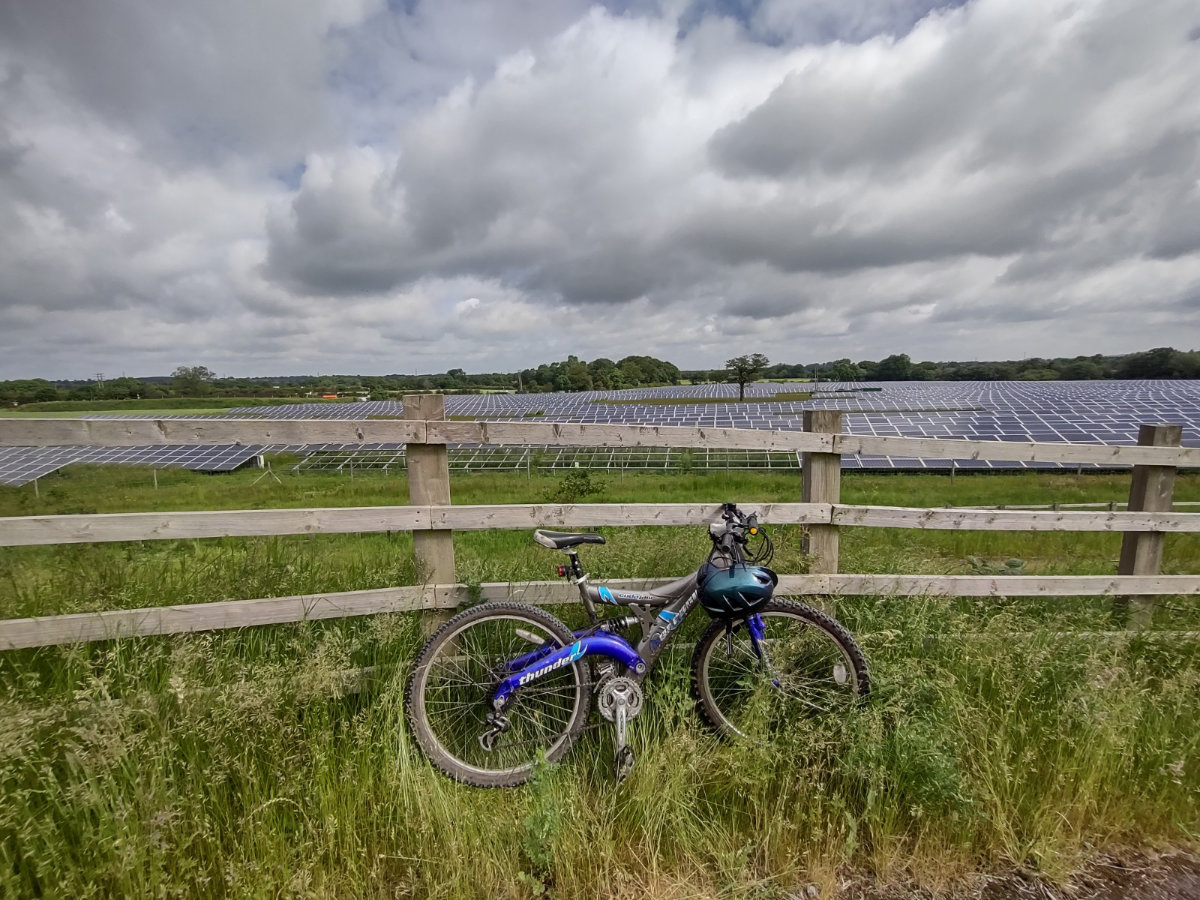
What kind of bike should I get?
There are plenty of options when it comes to bike types, but as someone new to cycling you probably only want to consider one of three options: Road bikes, Mountain bikes and Hybrid bikes. Their names are fairly self-explanatory, but if you are shopping second hand they won't always be labelled accordingly, so as a very simple rundown:
- Road bikes, as you may have guessed, are specifically tailored for road use. They typically have skinny tires, 'dropped' handlebars (They look like bull-horns but curve downwards) and typically have very light and thin frames without any form of suspension.
- Mountain bikes on the other hand are designed for use on unsealed paths and roads (not just mountains!). They tend to have much chunkier tires often with tread patterns tailored to loose or mixed surfaces, front or full suspension configurations and a generally more robust design (which usually means they will be heavier)
- Hybrid bikes are the middle ground between the two. If when I explained this you just thought 'Urgh, I don't know, I just want a bike' then this is probably the kind you will end up getting.
If you are going to be spending any amount of time away from roads, or would simply like the option to, then a road bike will not work for you. They cannot be beaten for maximum speed on smooth tarmac but take that away and they can become almost unrideable; those thin wheels can really dig into loose surfaces and potholes or tree roots may see you on your ass in an instant. Mountain Bikes don't share quite the same flaw, they will be perfectly useable on the roads albeit not as fast, and if you have tires with a tread pattern aimed towards the muddy stuff they might not get great traction on the smooth. What it really comes down to is you - are you going to be leaving the roads and paths? Once in a blue moon on the loose stuff and you might be able to get away with a road bike, otherwise, you may want to stick with hybrid/mountain bikes. I personally spend as much time as possible down in the mud, I find it the most entertaining way to ride and trails through the countryside are always a blast so I opt for a mountain bike - my bike is a heavy old thing but it has gone for years without giving me any trouble. If you seriously don't know what to get then I would aim for something in the middle, look for a bike that has a fixed rear but suspension at the front but with as many gears as possible (those lower gears really come in handy uphill!) and you should be set for most eventualities.
The other important bits
So you have a bike and you are ready to go right? Well not exactly, you really should have a helmet before you embark on your first adventure. Helmets come in all shapes and sizes with everything from the space-ship looking road-style helmets, to BMX style fitted shapes - you can't really go wrong with any of them so just pick the one you like and that is the first major accessory checked off. Unfortunately, it can be really hard to judge how good a bike helmet is, even with it in your hands, so all you can really do is rely on customer reviews to judge which helmet will keep your melon safe.
The second essential thing I would get is lights, even if you have no intention of riding at night having a basic set of lights can make you so much more visible on the road in all conditions and considering they can cost next to nothing its hard not to argue in favour of having them. Likewise, if you intend to do any road riding having some high-visibility reflective clothing can also aid in your safety; the most affordable option is a high visibility sash or strap vest that literally just goes over one or both shoulders and gives you a nice big reflective patch on your front and back. These aren't necessarily required if you aren't going to be heading onto the roads, but it is difficult to know with 100% certainty if you will ever need to, so having them at least in a backpack while you ride is well worth it.
The final bit of essential kit is a bell, being able to make your presence known while out on tracks and trails is essential and while you could always shout to the same effect, a nice loud bell will travel better and most folks recognise the bell sound and immediately know it means a bike is coming. It may not feel like something essential but having a button on your bike that translates to a polite: "Excuse me, may I pass?" is such a godsend on narrow trails and towpaths.
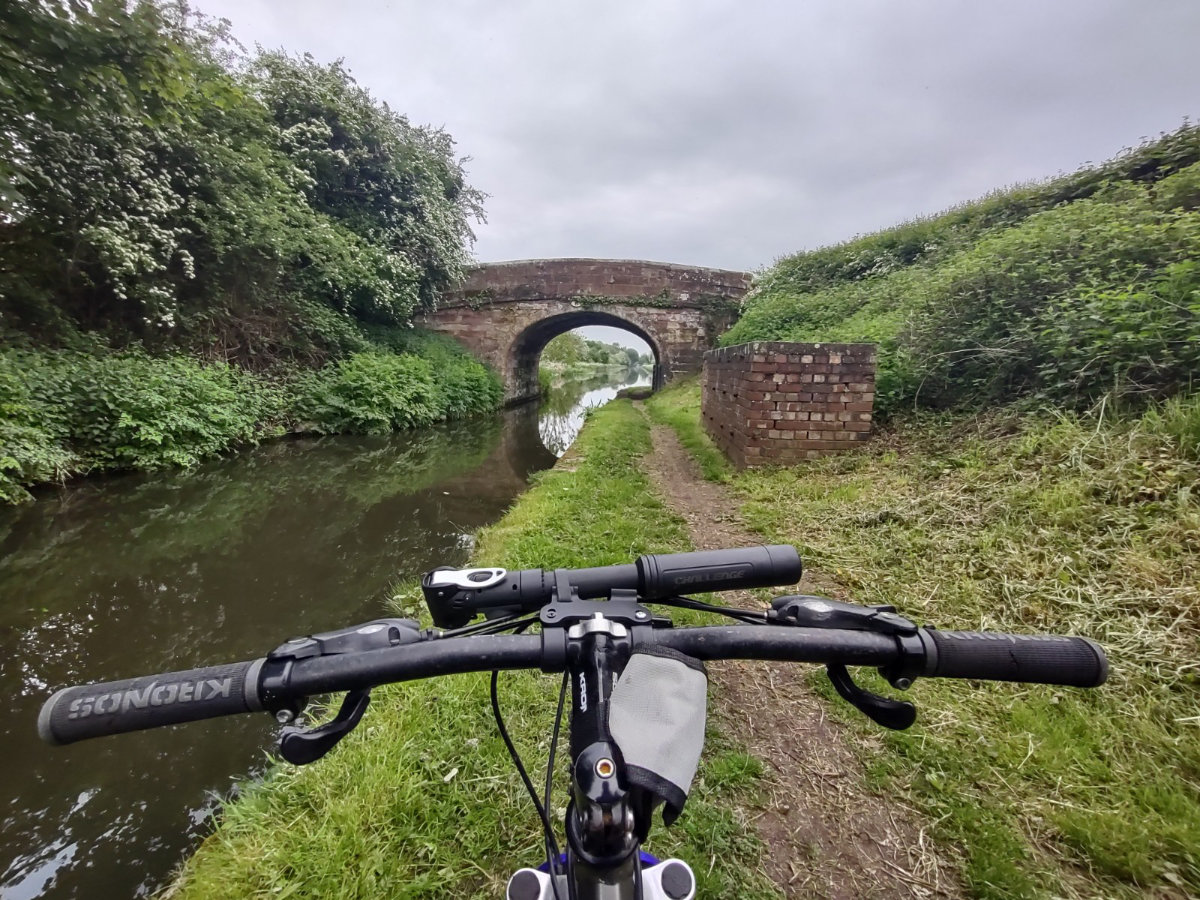
The optional, but recommended, bits
With the most important bits covered, let us run down some other parts you really should consider carrying too:
- A bike pump and a puncture repair kit - learning to patch a puncture takes a bit of practice and can be even trickier on the side of the road, but it sure does beat walking all the way home with a flat tire dragging along beside you! At the very least, keep a bike pump nearby so you can keep enough air in the tire to keep it on the wheel and easier to push.
- Gloves - riding gloves can be really useful to help protect your hands from the elements, branches and nettles when out on the trail and, if your bike is anything like mine, will save your palms from your worn-out grips.
- Sunglasses/cycling glasses - some form of eye protection will protect your eyes from the wind and keep bugs at bay, a much-needed quality of life improvement
- Bike lock - you never know if you might need to stop, and having a safe way to store your bike is valuable. Take a moment before you head out to make sure you consider how you're going to lock your bike up and factor in things such as quick-release wheels; make sure anything easily removable is kept secure.
- Water bottle - make sure you have some way to keep yourself hydrated while out on your next adventure
There are always more bits and pieces you can keep with you, but before I give you a million-mile-long shopping list that puts you off the whole endeavour, let us actually get you out on the open road.
Your first ride
So you are all set up, got all the essentials and ready to go riding - great! But where are you going? How far are you going to venture out? What do you do as a cyclist amongst cars? Well, there is a lot to consider, if you opted for a second-hand bike you should take a short ride around a quiet area just to make sure everything is working correctly; even if your bike is well serviced it is still worth checking everything over before venturing out because finding out your chain slips is easier to deal with one street over from your house rather than halfway into another county. This also gives you a bit of time to try all of your gear and accessories too, is everything comfortable and sitting correctly? (especially your helmet!) If all of your ducks are in a row then it is time to head out and ride proper.
Even if you are like me and try your hardest to stick to trails, towpaths and bridleways, you still need to know how to ride on the roads. Remember, a bicycle is a vehicle and as such belongs on the road when no other options are available. Keep an eye out for shared pathways and cycle routes, usually marked by blue signs, that will either offer a shared pedestrian/cycling path or dedicated cycling routes for your enjoyment. People on road bikes may opt to ignore this line if they so choose but being segregated from motor vehicles is an all-around safer and less stressful experience, so I whole-heartily recommend finding these routes and making full use of them! When you are forced into the road, there are a few principles to adhere to. The highway code states that cyclists "should never ride more than two abreast, and ride in single file on narrow or busy roads and when riding round bends" and remember that all the signs and rules of the road apply just as much to you as they do to cars. Stick to the left of the lane you are in, try to ride smoothly and predictably (keeping an eye out for potholes ahead of time so as not to swerve unexpectedly), practice checking over your shoulder so you can monitor traffic behind you, use the lanes of the road and take your lane where appropriate (move over to the right when turning right and use lanes when turning) and remember to signal by sticking your arm out to signal intent. Riding on the road does not have to be a stressful time, just try to be as predictable as possible for other road users so they can accommodate you and everything should work out okay.
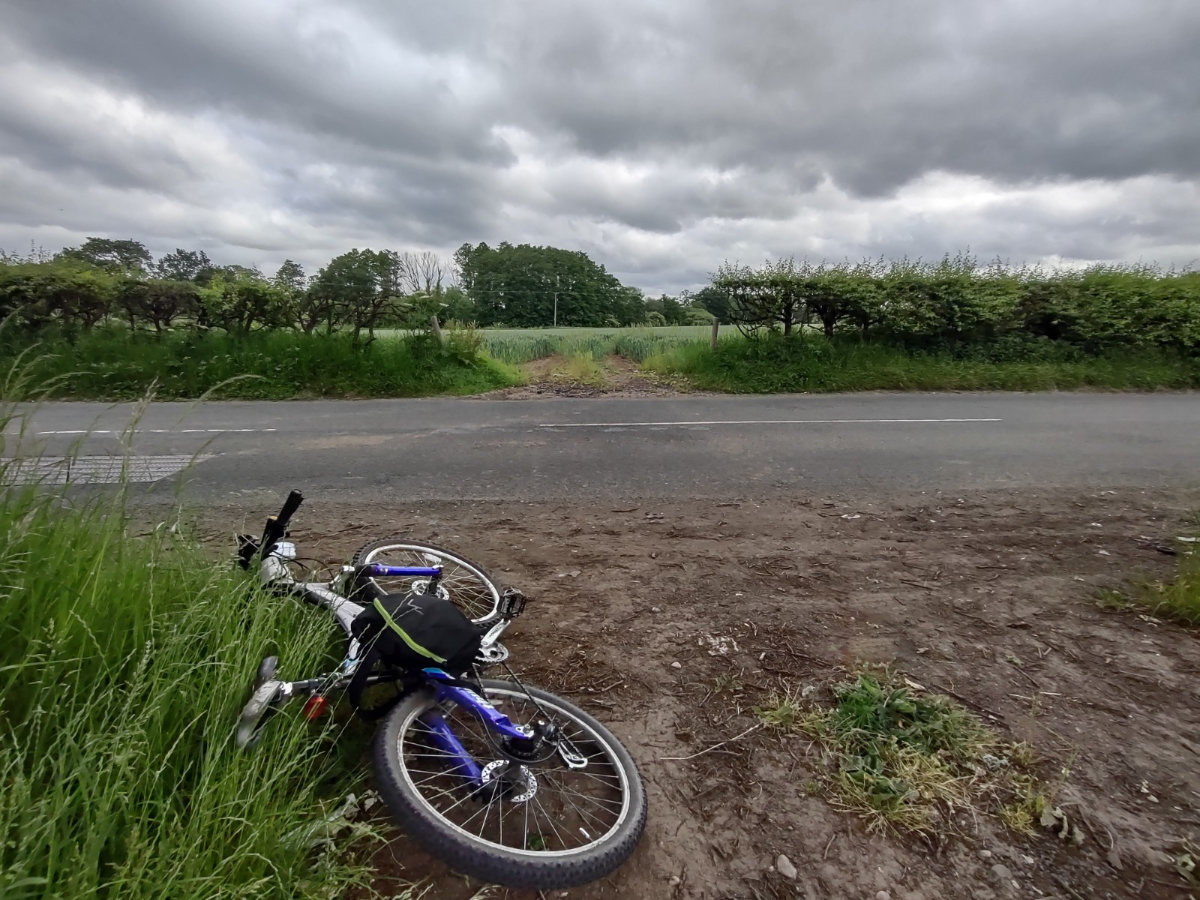
If you find yourself away from the roads and amongst the pedestrians on shared pathways or towpaths, cycling is a lot simpler - be courteous to other users of the pathway and generally, I give pedestrians the right of way. Of course, the drawback to pathways is there is more often than not no dedicated lanes so you need to ride defensively to counteract any potential mishaps. Slow down for any corners or areas of reduced visibility, or consider dismounting as a precaution - the last thing you want to do is round a corner at speed and collide with a pedestrian or, perhaps worse, another cyclist doing the same thing. The easiest to understand is, of course, the dedicated cycle lanes - these offer the safest experience, especially when they have dedicated directional lanes so you know you won't have to watch out for cyclists in the other direction.
That just about covers all of the things you may need to be aware of when cycling, take some time to familiarise yourself with all of the challenges out on the open road and just have some fun! You'll be cycling for miles before you know it...
Grander adventures
Once you have got your feet wet and feel like you know what you are doing then it is time to start casting a wider net and exploring further and further afield. There are plenty of tools to help with this, in a pinch Google Maps does have some routing for cyclists - it still feels like it is in its infancy but when out on the road it has been useful for me to find a new route or two. More dedicated tools, such as Komoot, are wonderful for helping you to plan these great outing with ease and can inspire with options you may have never considered before. But above all else, stick a phone (or GPS) into your backpack and just get out there and cycle - you never know where you may end up! Just remember, cycling is great exercise so you need to plan breaks and get plenty of food to fuel those adventures. Happy cycling.
